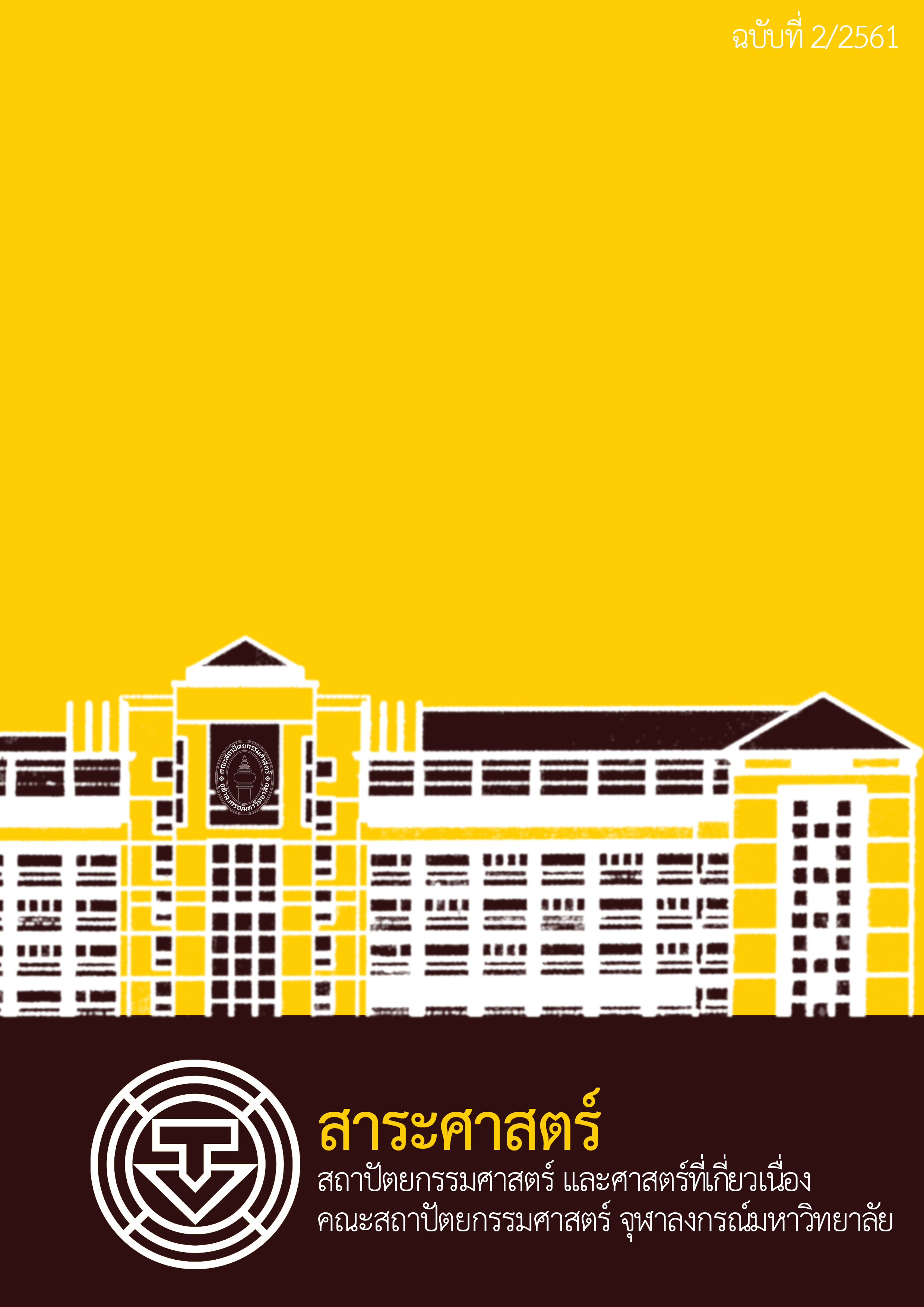Community Mall Development and Marketing Strategies: Case Studies of The Jas Ramintra, The Jas Wonghin, and Jas Urban Srinakarin
Main Article Content
Abstract
Community mall development strategies, an entrepreneur needs to realise the importance of concept
and to choose the correct management methods from pre-construction to once the construction has been
completed and established. This journal will discuss about community mall development concept and
marketing strategies of JAS Asset Public Company Limited. JAS Public Company Limited consists of three
location, which are The JAS Ramintra, The JAS Wanghin and JAS Urban Srinakarin. The researcher gathers
information from demographic analysis, analysis of in-depth interview with the developer, site survey analysis and data analysis by comparing and contrasting the concept of developing The Jas community mall.
According to this research, the three local shopping centres have important concept which are
developing community mall to serve the local’s lifestyle also creating appointment place, shopping center and have common green area. Considering Location – The three shopping centres are located in populated urban areas and the properties have the potential to increase in value. Variety of Tenants/Tenant Mix – All 3 location have Food & Beverage as their main anchor and various types of businesses are operated within the malls to serve consumer’s needs. Community mall management – The strategies are consisted of tenant management strategy, consumer management strategy and overview mall management strategy. From this study,
consumer target group depends on the selected locations. Strategies used must serve the needs of the target group in order to achieve the competitiveness. Moreover, it has been found that the market segmentation of consumer target groups for the three locations are similar whereas the secondary targets are different. In additional, The 3 JAS has been positioning as Family Mall/Lifestyle Mall targeting A and B income segment consumers. The Four Ps Model has been introduced in this approach as follows. First of all, product is the most important factor especially tenant mix. Variety of goods and services would serve consumers ‘needs and demand and help the firm to achieve consumer target group. Secondly pricing is another important factor, as it has to be at the equilibrium where both sellers and buyers agree. Thirdly, place is also essential because locations, accessibility, amenities and sufficient car parks do make difference in changing people’s decision to come and shop. Lastly, promotion brings more excitement, attention and possibility of repeat customers.
According to the research, it can be concluded that if an investor wishes to develop community mall.
It is essential and necessary to understand the connecting factors starting from pre- to post-development
process in order to achieve their consumer target group in a certain location and become successful.
Article Details
References
Chu, K. W. (2009). A Study of Marketing Strategy of Shopping Centre for Customer Retention in Hong Kong. (Master Degree), The University of Hong Kong, Hong Kong.
Collier. (2559). รายงานวิจัยกรุงเทพมหานคร / พื้นที่ค้าปลีก ไตรมาศที่ 4 พ.ศ. 2559.
Dawson, J.A. (1983), Shopping Centre Development, Longman, London.
Ghosh, A and McLafferty S.L. (1987), Location strategies for retail and service firms, Lexington, Mass.: Lexington Books.
GMBiz. (2558). Community Mall ลมหายใจที่แผ่วลง. Retrieved April 20, 2017, from https://gmbizmagazine.com/scoop-community-mall
Hui, E. C. M., & Zheng, X. (2010). Measuring customer satisfaction of fm service in housing sector: A structural equation model approach. Facilities, 28(5-6), 306-320.
International Council of Shopping Centers. (2017). ICSC Shopping Center Definitions. Retrieved 2 April, 2017, from https://www.icsc.org/news-and-views/research/shopping-center-definitions
Kasrel, D. (1998), “Loyalty: in the service of malls”, Philadelphia Business Journal, 17.n29 (August 28 1998): pp. 3(2).
Kirkup, M.H. and Rafiq, M. (1999),”Marketing shopping centres: challenges in the UK context”, Journal of Marketing Practice, vol. 5, iss.5, pp.119.
Kotler, P., & Armstrong, G. (1996). Principle of Marketing (7th ed.). New Jersey: Prentice-Hall.
Krystyna, W. (2015). The Key Success Factors of Investing in Shopping Malls on the Example of Polish Commercial Real Estate Market. Financial Investment and Insurance, (381), 455-468. DOI: 10.15611/pn.2015.381.33
McGoldrick, P. (1990), “Monitoring store images”, Retail Marketing, McGraw-Hill, London.
Moo Ja. (2556). บทความ Community Mall. Retrieved 5 ตุลาคม พ.ศ.2560, from https://communitymal.blogspot.com/2013/05/community-mall.html#comment-form
Thailand Marketing Research Society (2010), Available at: https://www.tmrs.or.th/ accessed date 2 April, 2018.
Ungku, S. O., & Michael, B. (2009). First Steps Toward a Shopping Center Typology for Southeast Asia, Asia-Pacific and Beyond.
Yuen, W.Y.W. (2005), “The challenge of marketing new shopping centres in Hong Kong: a case study of Olympian City 2”, Master of Housing Management Dissertation, University of Hong Kong.
คุณสุปรีชา อังธีระนุวงศ์, สัมภาษณ์โดยผู้เขียน, 4 ธันวาคม 2560.
บริษัท เจเอเอส แอสเซ็ท จำกัด (มหาชน). (2558). สรุปข้อสนเทศ เอกสารหมวด ข หมายเลข 4.
ผศ.ศรัณยพงศ์ เที่ยงธรรม. (2559). MARKETING 101: กลยุทธ์การตลาด = STP เรื่องนี้ต้องมาก่อน 4P. from https://marketeer.co.th/archives/70918


